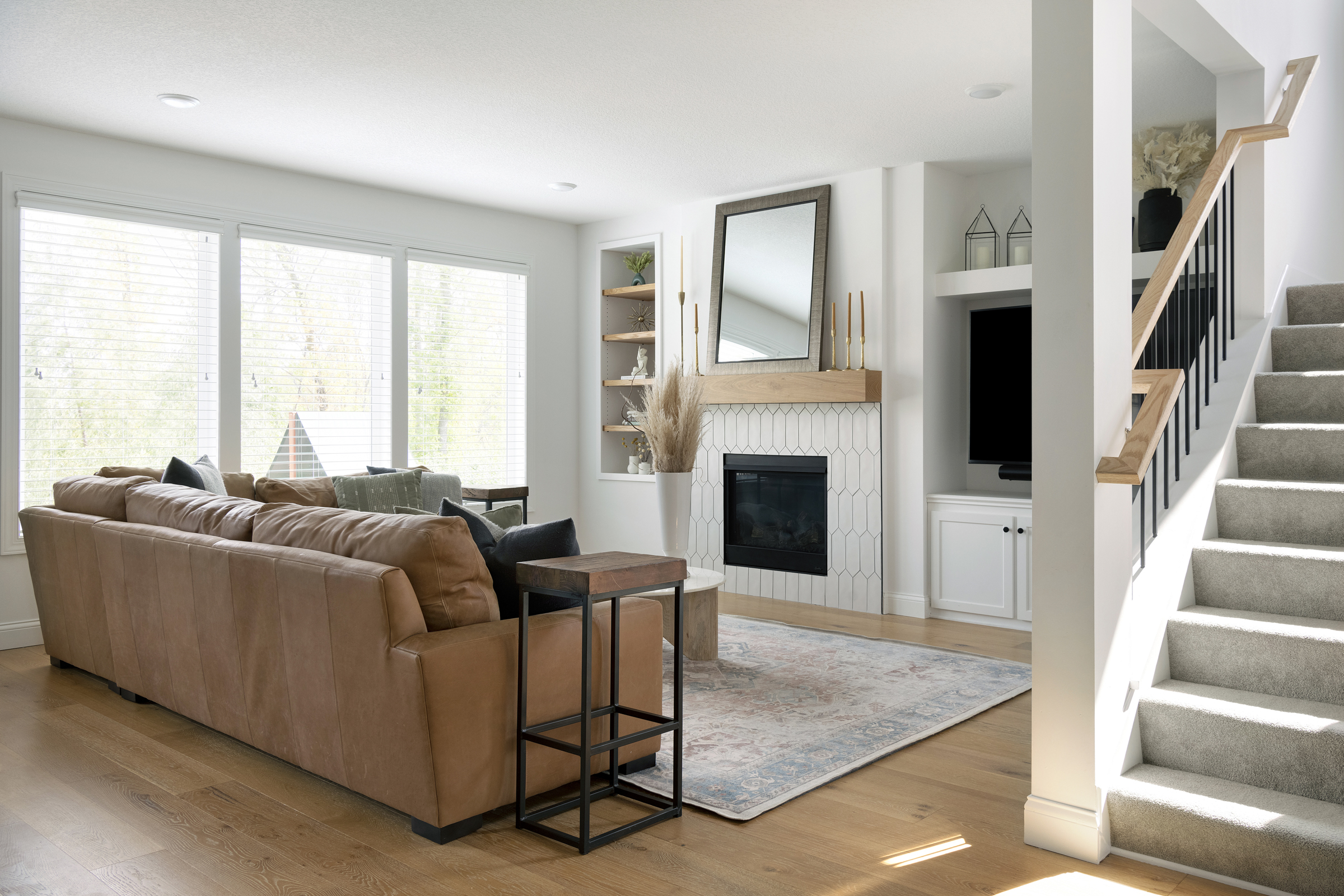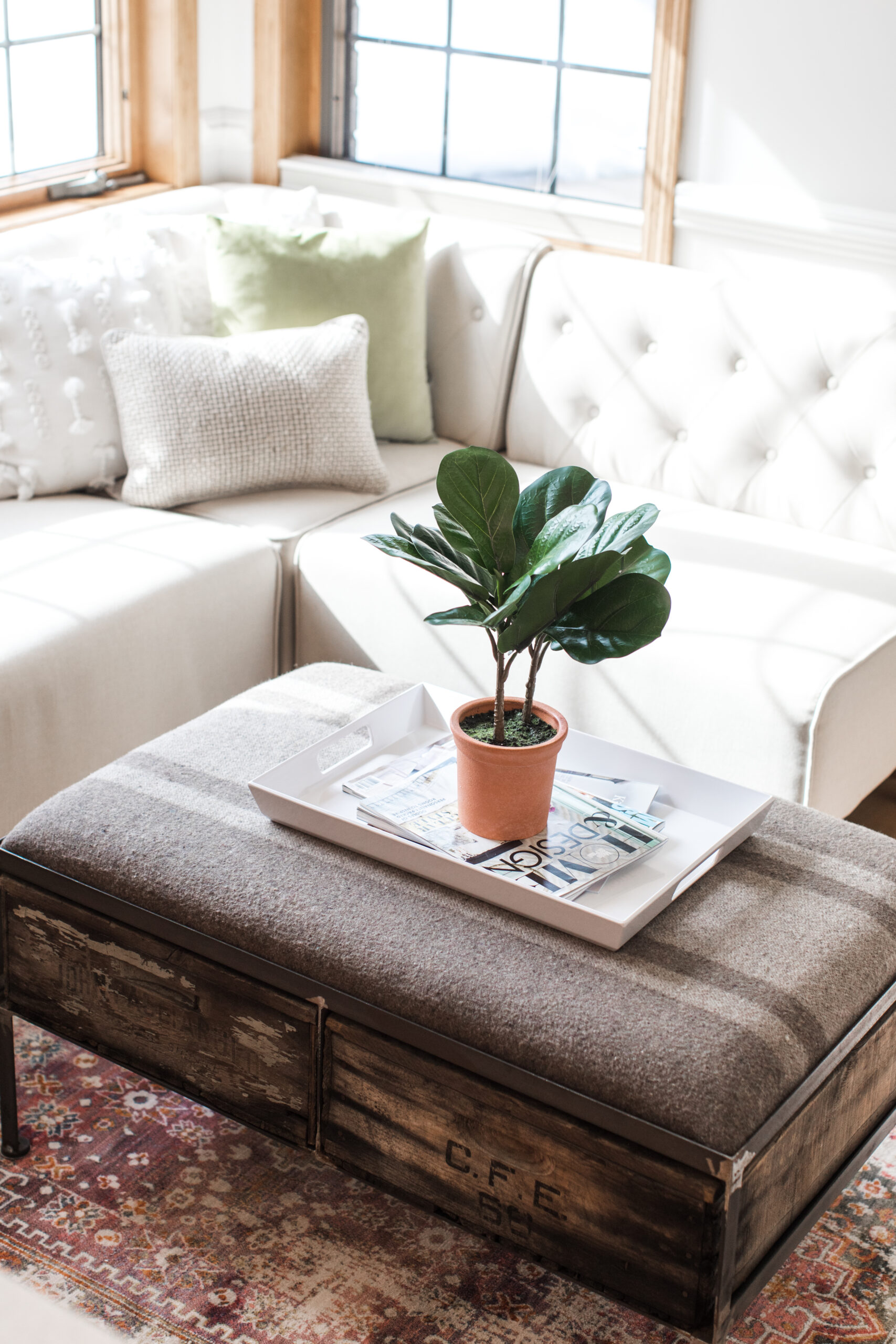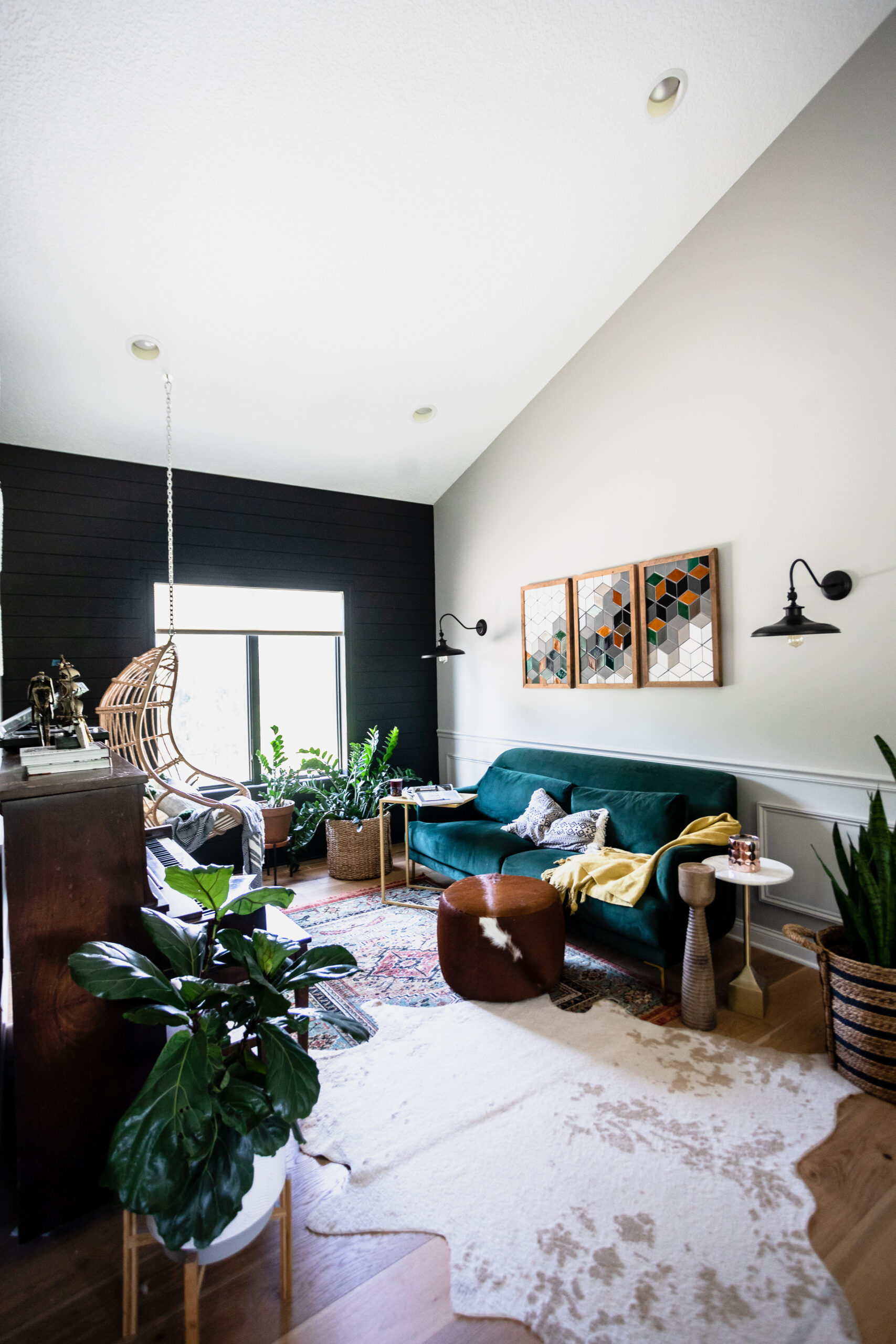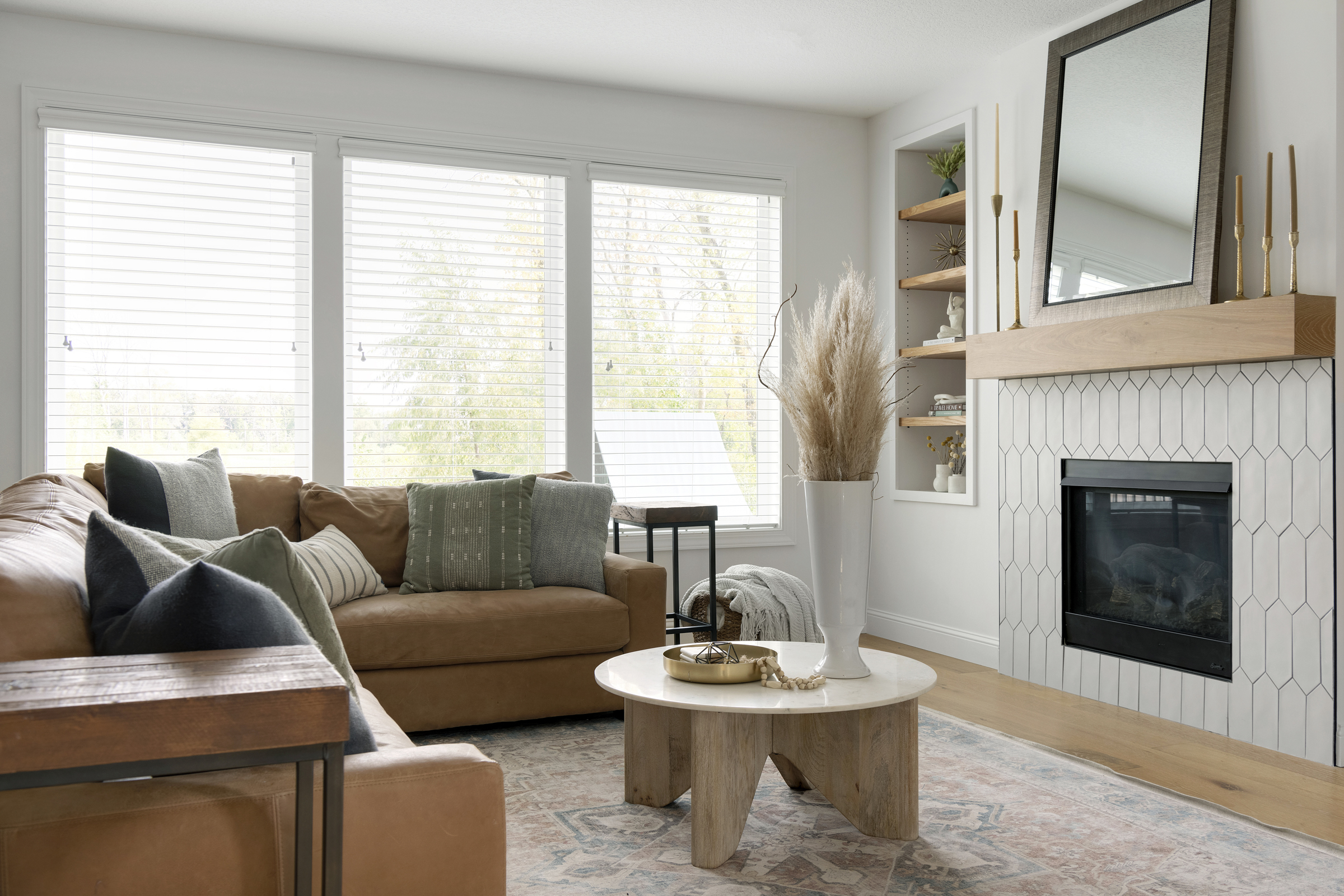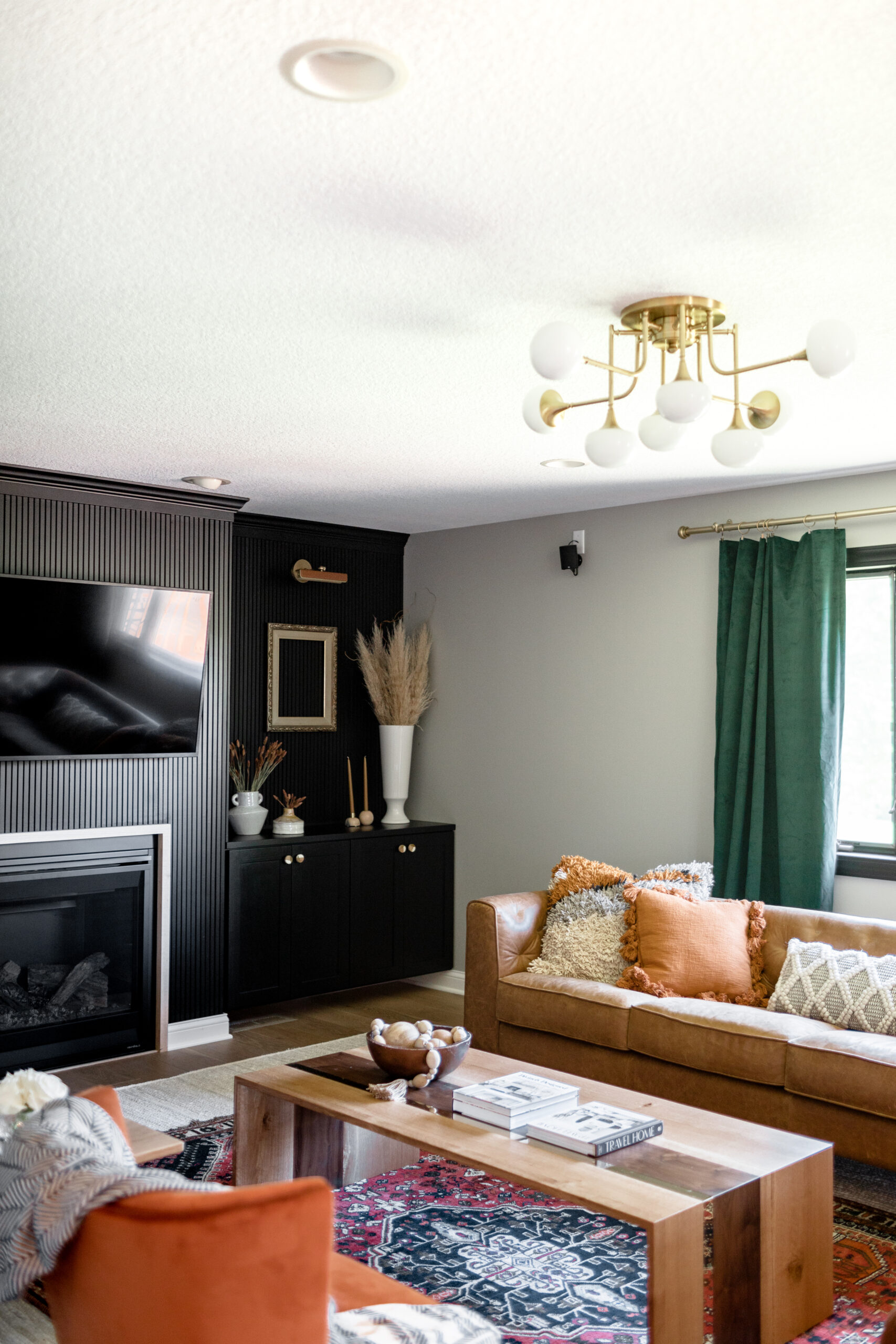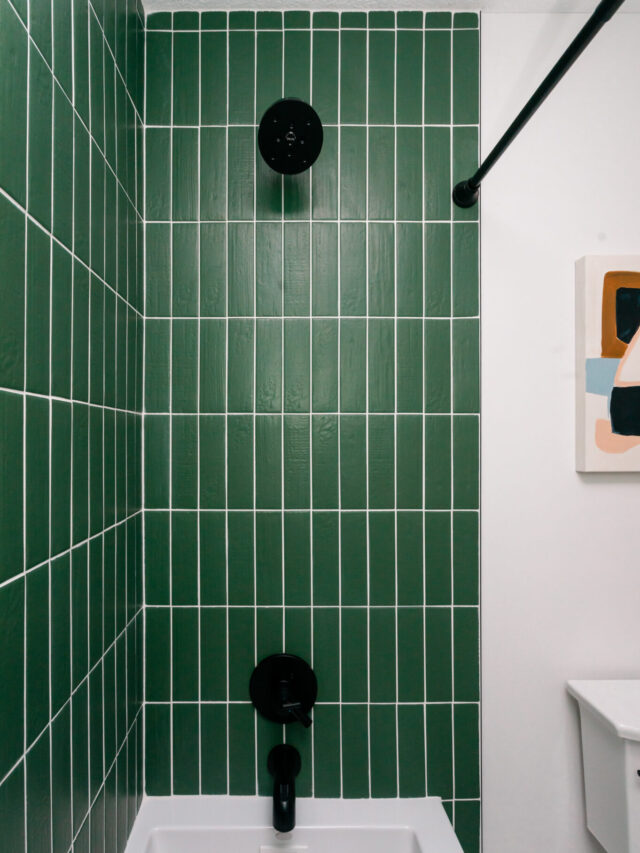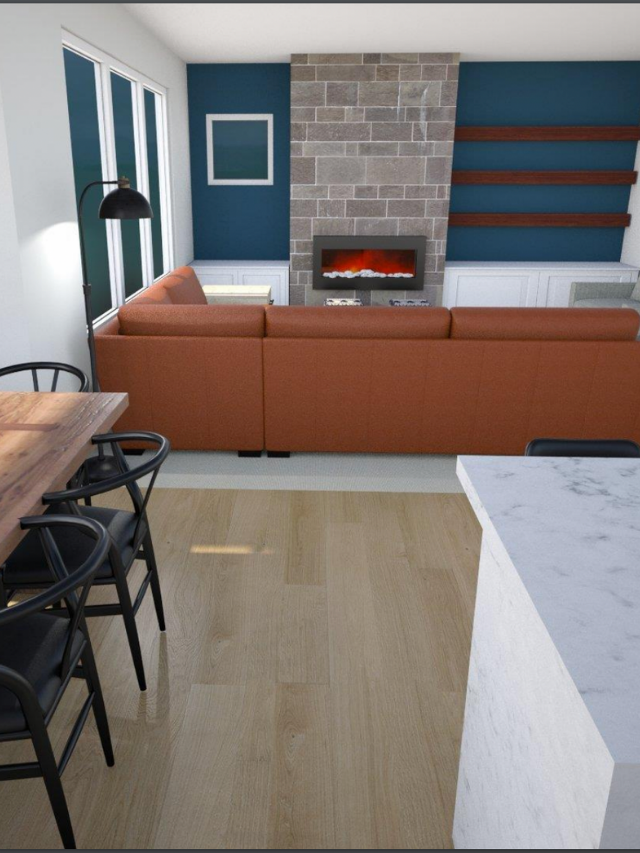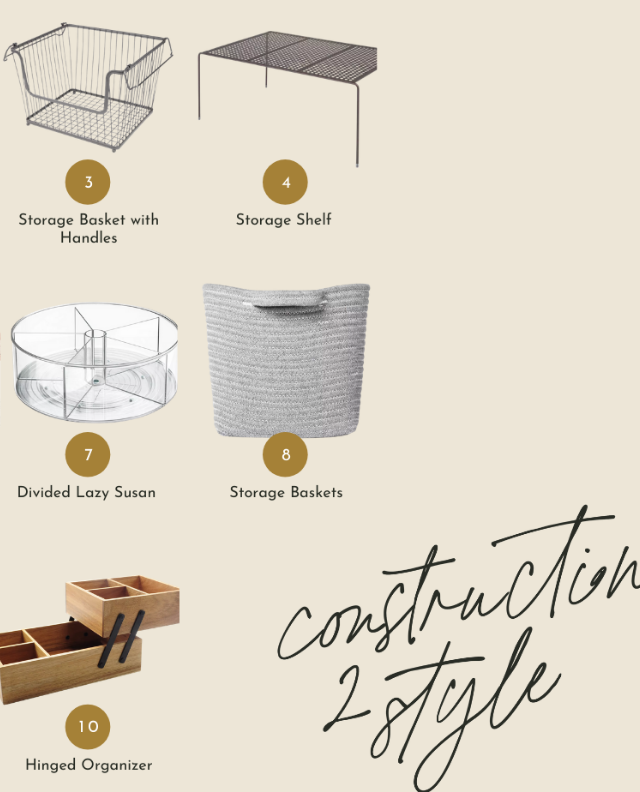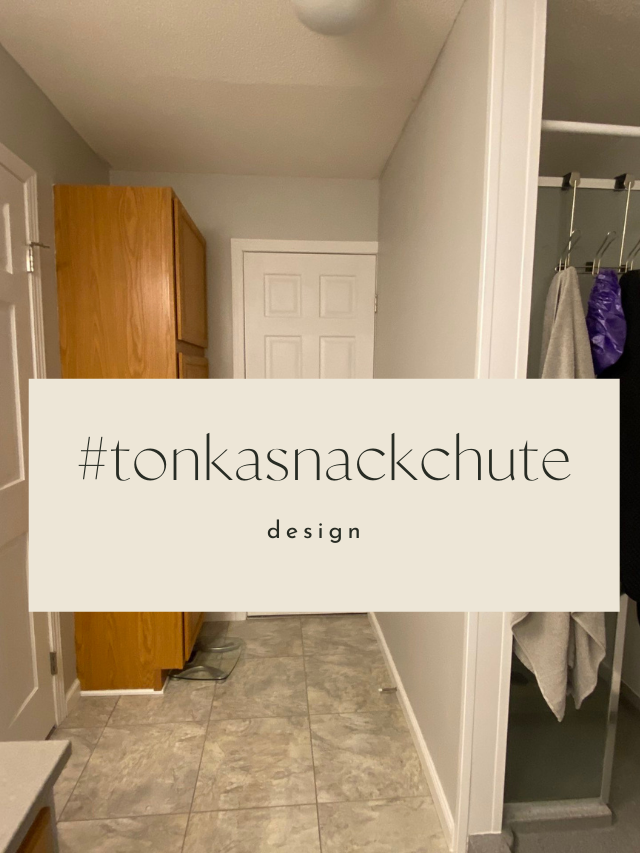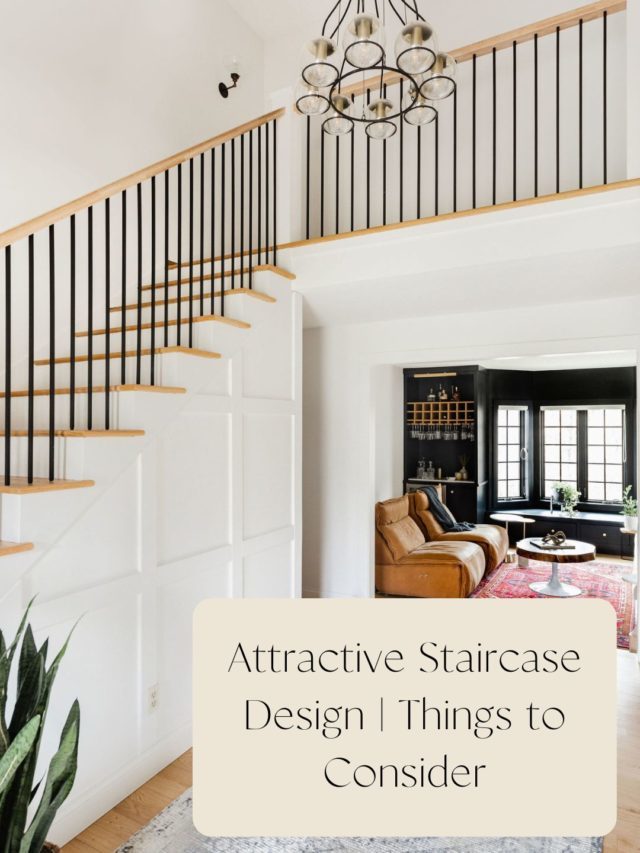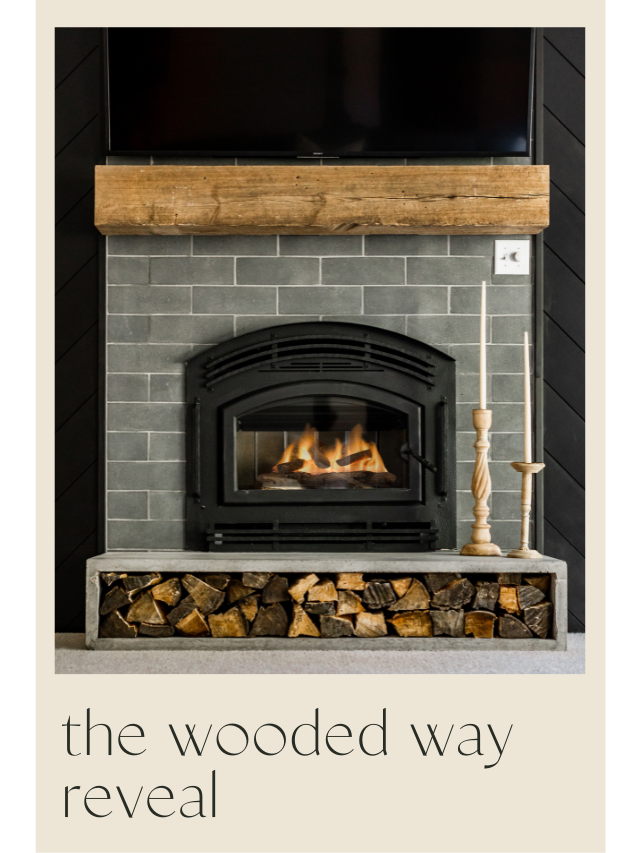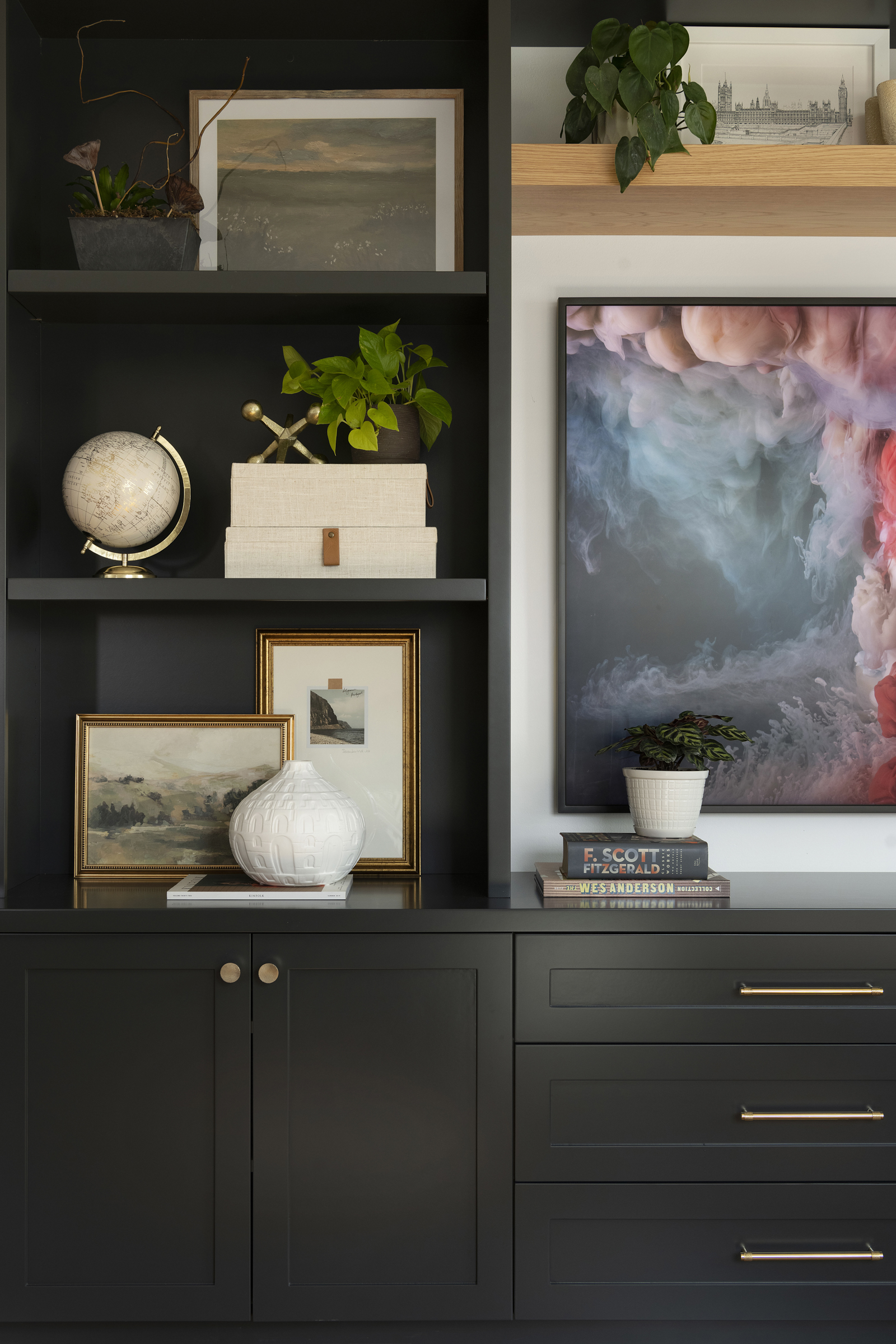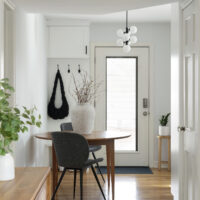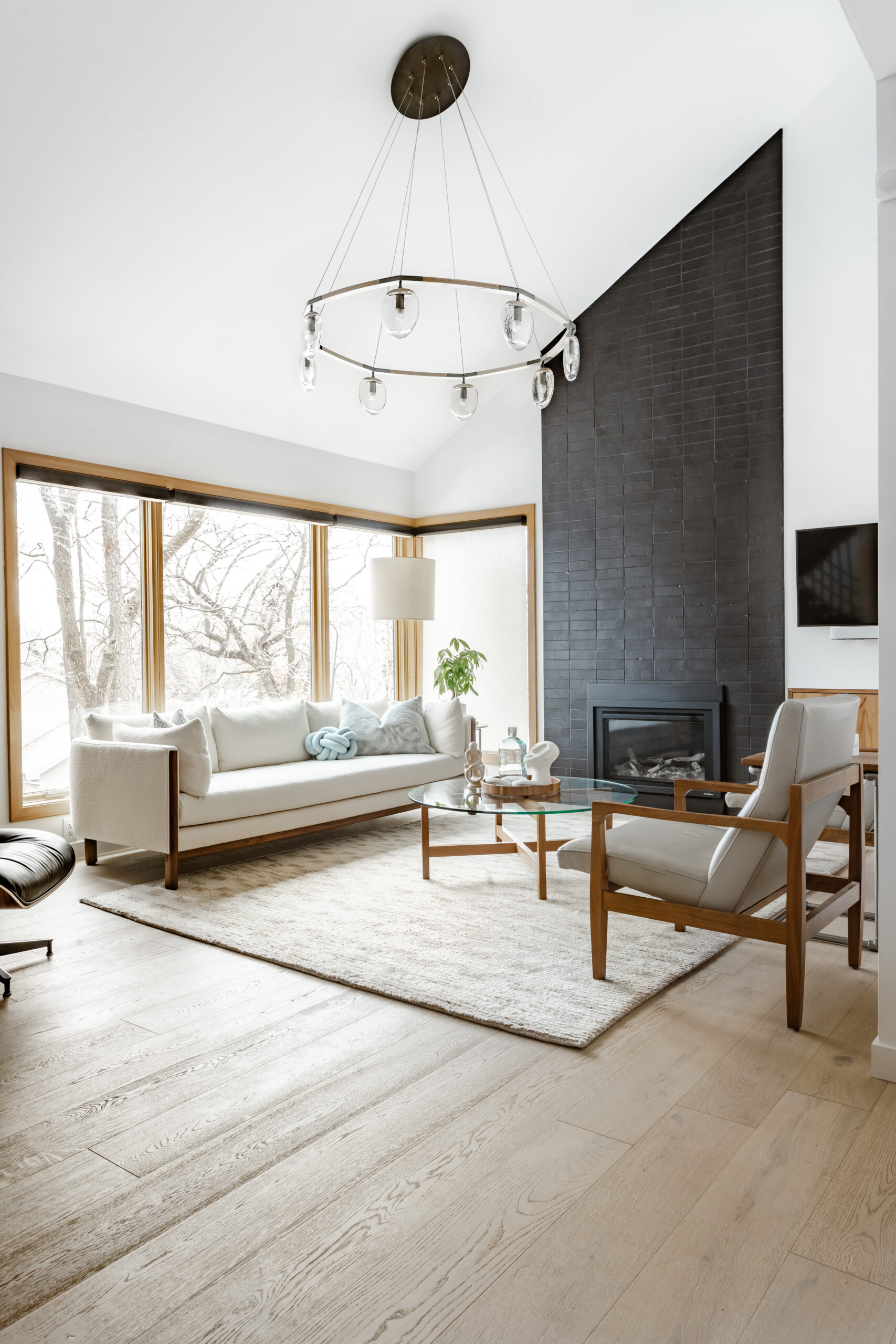
Today, we are going to talk about how to arrange living room furniture. In my opinion, it’s that category in interior design that matters. However, depending on your design phase, it can often get overlooked until the last minute – and it shouldn’t.
Importance of Furniture
In our world of building and remodeling, it takes a lot to get through all the major decision-making of architectural floor plans with wall and window placement, cabinetry layout, appliance/fixture selections, flooring, tile, wall paint choices, etc. That by the time it comes to furnishing a space, some guidance in the furniture category is needed or at least greatly appreciated to finish it all up, and that includes how to layout your living room furniture.
You might have an existing space that needs a new layout because your lifestyle or taste have changed. Or perhaps, it’s a new home purchase, your very first home – and you want the space to be simply perfect!
Nevertheless, getting ideas rolling sooner rather than later is very important, and having a plan when buying your furniture could save you time and money. The pieces of furniture you choose and how they get laid out have much to do with how inviting or comfortable your space becomes, visually and physically.
When you enter a space that lacks the right size living room furniture and/or proper layout, you immediately realize that the area is underutilized and needs help.
But before starting this selection process, take a look at your pictures, art pieces, and your other home accessories and determine the overall look you want to pursue.
Do you want European traditional, contemporary, farmhouse, or industrial style? It can easily be a combination of several, but you certainly want to walk into a room and have a feel about it.
It may initially seem very easy and self-explanatory: buy some furniture, put it in place, and be done. But more often than not, errors are made in the process because there is a lack of planning and a general understanding of how to lay it out and why some layouts can work and others don’t.
Also, this process will feel much more manageable with some proper guidance. That’s where the help of a professional interior design team can benefit you. But for now, here are a few basic guidelines to get you started and your wheels turning for one of the most used spaces in your home – the living room.
Living Room Layout Ideas and What to Consider
There’s no definite answer on how to layout your living room furniture because there is usually more than one way to do it! However, we have some great living room furniture placement ideas for you to consider.
Here are some key points to help you get started. First of all, the size and shape of your space give you excellent parameters to work with and set your boundaries. Secondly, before furnishing, consider your traffic flow, purpose of use and find your focal point.
Your Traffic Flow | How to Arrange Living Room Furniture
Let’s define this together. Do you have a plan for how you want people to move about in the space? Make a mental note of your doorways, openings, windows, etc., and refrain from blocking these areas.
You want to have easy access to your living space and the ability to navigate between and around the pieces in it. You want that breathing room.
A guideline for living room furniture placement is to leave at least three feet of space in your high-traffic areas. Think about the entrance into the room; three to four feet will feel great.
From there, use the same three-foot rule when placing main furniture pieces and other obstructions.
If you prefer to get cozier, you can narrow in on your dimensions from there, but always check how you feel in the space. Don’t let it get tight and overwhelming.
Open and airy, or cozy and homey. Mix it up to get both.
Use of Space | Living Room Furniture Placement
How do you want to use your space, and how many people will spend time here on a regular basis? Will it be for conversation, entertainment, TV viewing, reading or playing?
You want to account for enough seating spots carefully. And remember, some layouts are more formal, while others are quite more casual.
When main seating zones face each other, you intentionally create a formal vibe in your space, the so-called proper conversation zone. Think about two sofas (or a sofa with two chairs) facing each other with a coffee table in-between.
Sectionals, on the other hand, can often create a more informal, casual vibe. They are meant to lounge on.
You want to aim for balance in a living space. A symmetrical layout usually gives a formal feel, while an asymmetrical layout leans towards a more relaxed vibe.
Find your Focal Point | Living Room Layout Ideas
Is there one? It could be your TV, a fireplace, a beautiful view of the outdoors, or a gallery wall of unique art. If you don’t have a focal point, try to create one.
It will help you to know where to start when laying out your living room furniture in your living space. Sometimes, having more than one focal point can make it more challenging. The work can still be done, but you might have to get more creative.
Start Big
Start with your largest piece of furniture. Typically your sofa or sectional. It will take up most space in your living room.
If you have two couches, get those in place or know where they are going and then move on to the other seating; think of where you would put a chair or two. Once you have your upholstery in place, move to end tables.
We like incorporating an end table or two, large enough to hold a table lamp. Add some smaller accent tables – sizable to hold a drink or book.
Finishing Touches | Rugs, Art, Lighting, Pillows and Drapery
After the big pieces are in place, you can take your time and select those accents! Big furniture items define most of the space, but rugs are an accent.
Not only do they offer comfort and warmth for your feet, but they can also be used to create a focal point, enhance the overall aesthetic of your living room and give definition to the spaces as a whole, especially when the pieces of furniture may be floating and not against a wall.
The next step, after living room placement ideas, is art and lighting and placement of those items. And last but not least are your pillows and drapery.
Tips + Tricks | Living Room Placement Ideas
- Use functional pieces. Think nesting tables, small poufs/ottomans, and items with multi-use to them that can easily float around your space.
- Float your living room furniture when you can: don’t line your walls! Bringing things in helps create a homey feel.
- Create zones when possible. This idea works great when working with a larger space. Think about creating a reading spot, a two-person hangout area by a fireplace.
- Proportion is key to having the room look great. If it’s a small room, refrain from buying bulky furniture.
- When layering in a rug, ensure it sits under the main seating, like the sofa and chairs. Front feet should be on the rug. This technique helps make the room feel connected and larger. For a designer, one of the most painful things to see in a room is a rug that is too small for a living space. So always go big! An 8×10 is usually a good starting size for most areas.
